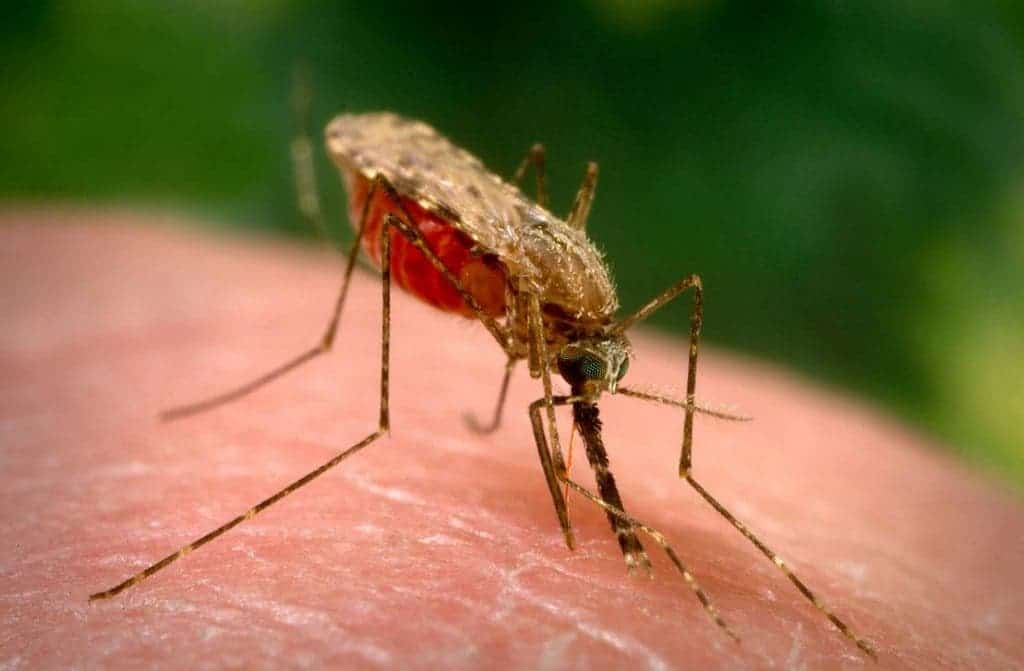
The Anopheles gambiae is the prime transmitter of malaria. A new genetic method manipulates mosquito populations so that only males are bred. The result is colony collapse and no more malaria. Photo: nd.edu
According to latest estimates by the World Health Organisation, over 3.4 billion people are at risk from contracting malaria and an estimated 627,000 people die each year from the disease. Thanks to the painstaking efforts of leading researchers in the field, however, much progress has been made in curbing down on malaria. Since 2000, increased prevention and control measures have reduced global malaria mortality rates by 42 per cent, yet the disease still takes its toll in great numbers every year. Furthermore, efforts are being obstructed by the spread of insecticide resistant mosquitoes and malaria parasites resistant to drugs. It’s clear a more aggressive strategy needs to be employed. Luckily, we might not have to wait too long for this strategy to come forth and wipe out malaria once and for all.
Kill the mosquito and you kill malaria
Researchers at Imperial College London have a drastic solution to the malaria problem – rooting the weed out. Essentially, the scientists want to eradicate malaria by eradicating the malaria-carrying hosts altogether – the mosquitoes. The team led by Professor Andrea Crisanti from the Department of Life Sciences at Imperial College London has devised a new genetic method that distorts the sex ratio of Anopheles gambiae mosquitoes, the main transmitters of the malaria parasite, so that the female mosquitoes that bite and pass the disease to humans are no longer produced. Instead 95 per cent of the offspring come out males.
[RELATED] Huge mosquitoes 20x times the size of normal ones invade Florida
The team introduced engineered strains to five caged wild-type mosquito populations. In four of the cages, the entire mosquito populations were wiped out within six generations, which is actually quite a short while. Basically, lacking females, the population simply could not reproduce anymore. It’s a scary tactic, one which might pose serious ethical discussions.
The engineered mosquitoes have a DNA cutting enzyme called I-PpoI. Typically, half of the mosquito sperm bear the X chromosome and will produce female offspring, and the other half bear the Y chromosome and produce male offspring. But the enzyme cuts the DNA of the X chromosome during sperm production, so all that remains in the functioning sperm is the Y chromosome.
“Malaria is debilitating and often fatal and we need to find new ways of tackling it. We think our innovative approach is a huge step forward. For the very first time, we have been able to inhibit the production of female offspring in the laboratory and this provides a new means to eliminate the disease,” said professor Crisanti.
Dr Nikolai Windbichler, also a lead researcher from the Department of Life Sciences at Imperial College London, said: “What is most promising about our results is that they are self-sustaining. Once modified mosquitoes are introduced, males will start to produce mainly sons, and their sons will do the same, so essentially the mosquitoes carry out the work for us.”
Findings appeared in Nature Communications.









